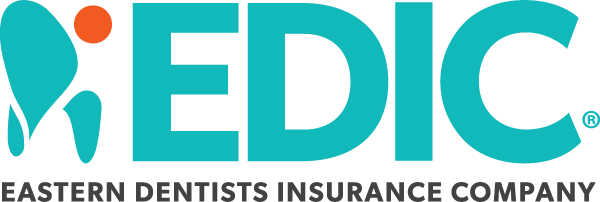Tell Me More About Tail Coverage. Do I Need It and How Much Does It Cost?

What happens if, in the interim, you’ve changed malpractice carriers? Or you’ve retired?
An occurrence policy provides coverage for a covered claim that occurs during the policy term, no matter when the claim is reported. Even if the dentist no longer has the policy in force, as long as the claim occurred when it was in force, the claim will be covered.
On the other hand, a claims-made policy provides coverage for covered claims that are first made against an insured dentist and reported to the company during the current policy period. The claim must have occurred on or after the retroactive date and on or prior to the termination date of the current policy. If a claim is reported after the claims-made policy has ended, it won’t be covered. How can you fix this coverage gap?
“Tail” coverage, also called an Extended Reporting Endorsement, is an endorsement that you add onto an expiring claims-made policy. It’s essentially an insurance policy rider that protects dentists against claims that arise even after the policy has ended.
When an EDIC-insured dentist with a claims-made policy leaves the EDIC program for any reason, they should purchase tail coverage. This endorsement provides a single set of limits for all future claims. A dentist needs a tail if they are leaving dentistry (e.g., retirement) or if a new employer does not pick up and provide “prior acts coverage.”
If you have been with EDIC for five years and retire over age 50, EDIC will give you the tail at no cost. Similarly, if you become disabled and are unable to practice dentistry, the tail is free. Otherwise, the cost of the tail is based on a percentage of the underlying policy premium. It’s a one-time payment for an unlimited tail—it does not expire.
Your employment contract may include a provision about tail coverage. It’s worthwhile, when you’re negotiating your employment contract, to try to specify that your employer will pay for your tail coverage. In some cases, your employment contract may state only that the employer will provide professional liability insurance, and it won’t specifically mention the tail. Sometimes the employer is creating that ambiguity on purpose, and it’s up to the employee dentist to bring it up and negotiate the details. Contracts may also list different conditions that affect tail coverage payment, including length of employment and the reason for termination of the employment relationship, e.g., for cause. EDIC strongly recommends that you seek out an employment attorney to help negotiate your contract.
One final thing to know about tail coverage is that if you change jobs but keep the same insurance carrier, it probably won’t be necessary to purchase tail coverage. Your policy should continue without a gap. Further, if you change insurance carriers, sometimes the new insurer will provide “prior acts coverage,” which eliminates the need for the tail. (“Prior acts coverage” would continue the coverage with the same retroactive date as the prior policy.)

